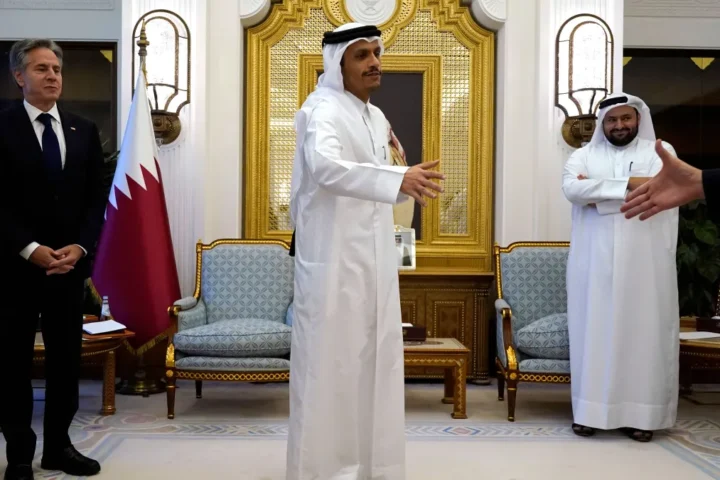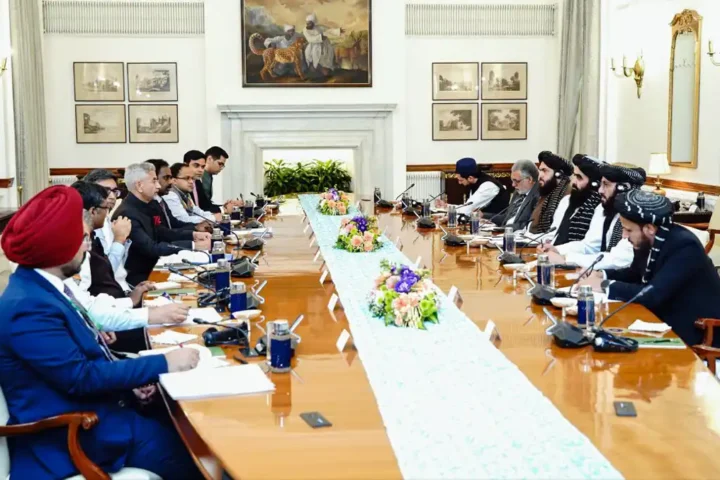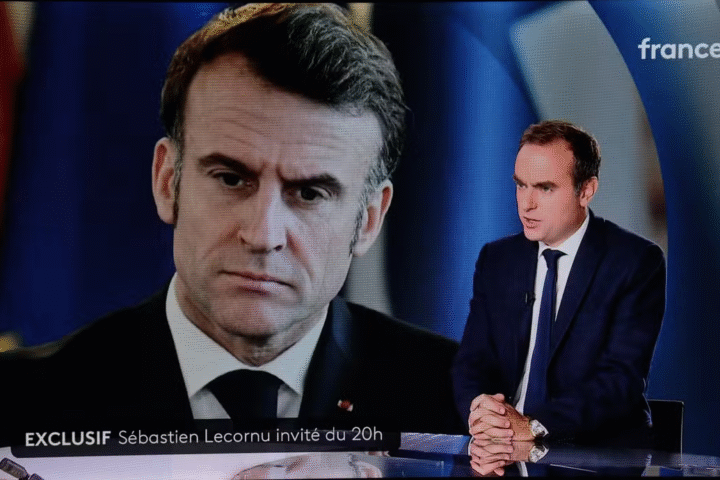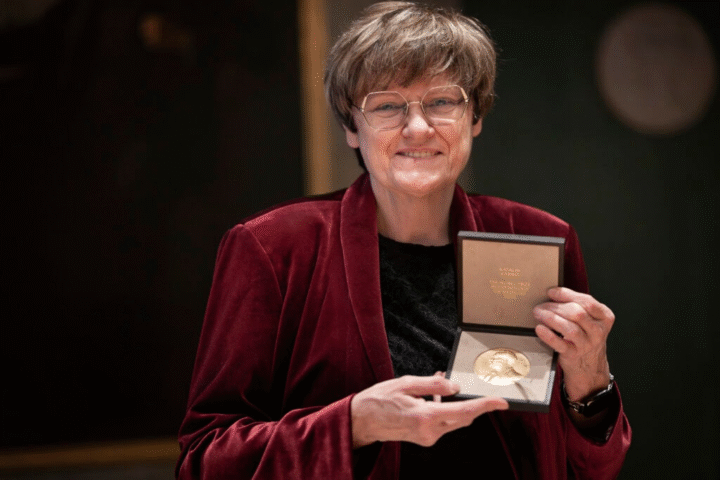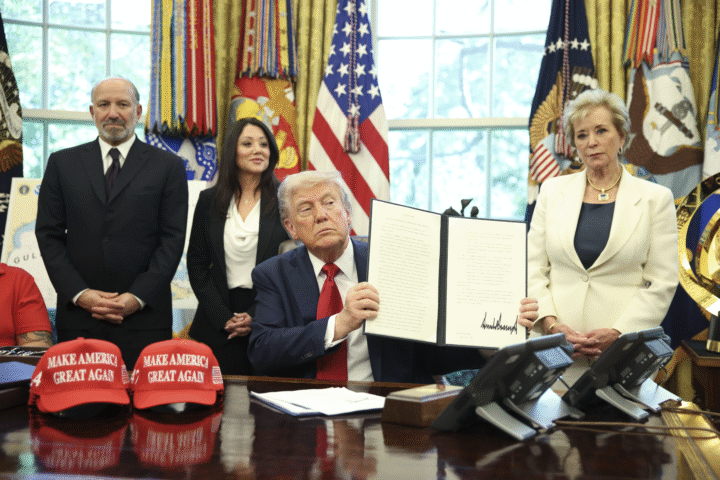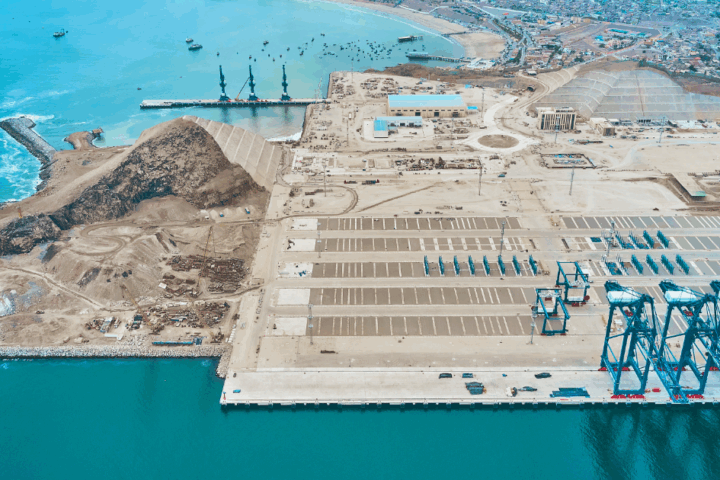Less than six months into his second term, President Donald Trump is attempting what once seemed politically unthinkable: a diplomatic breakthrough with Iran. In a dramatic departure from his earlier hardline stance, Trump is recasting himself as a global dealmaker—seeking, not war or pressure, but dialogue and de-escalation.
From war-torn Gaza to tense talks with Saudi Arabia, the Trump administration has launched a flurry of diplomatic overtures. But it is with Iran—long painted by Trump as a top adversary—that the stakes are highest. Success or failure in this arena could determine the fate of Trump’s broader foreign policy reset and reveal whether America is finally ready to scale back its long entanglement in the Middle East.
A Second-Term Recalibration
During his first term, Trump took a hawkish approach toward Iran, withdrawing from the 2015 nuclear agreement negotiated under President Barack Obama and embarking on a “maximum pressure” campaign. Guided by advisors like Mike Pompeo and John Bolton, the administration imposed crippling sanctions and ordered the assassination of top Iranian general Qassem Soleimani. The strategy failed to force Iran back to the negotiating table—and instead hardened its resolve.
This time, Trump appears less willing to be swayed by hardliners. Regional changes—ranging from shifts in Syrian power dynamics to growing Gulf-Iran rapprochement—have created new space for diplomacy. Iran, now more diplomatically isolated and economically weakened, is showing openness to a fresh agreement. For Trump, the moment could offer a rare chance to turn former pressure into peace.
Still, the question remains: Why now? With many Republicans urging continued pressure—or even military strikes—Trump’s motives are not entirely clear. Yet within his administration, there is a strategic shift taking shape. The new goal: refocus U.S. defense priorities away from the Middle East and toward long-term competition with China in the Indo-Pacific.
A Strategic Shift from the Sand to the Sea
The Trump administration is openly telegraphing a turn away from America’s decades-long military commitments in the Middle East. During a recent trip to Saudi Arabia, Trump denounced previous nation-building efforts as failures. Vice President J.D. Vance echoed that sentiment in a speech to Naval Academy graduates, vowing “no more undefined missions.”
Policy documents support the rhetoric. The Pentagon’s new strategic guidance explicitly deprioritizes Middle East engagements in favor of defending the U.S. homeland and strengthening presence in Asia. Even when faced with provocations—such as attacks by Iran-backed Houthi rebels in Yemen—the administration has shown a willingness to de-escalate, offering halts in airstrikes in exchange for concessions.
The Iran Test
The test of Trump’s new approach will come down to Iran. Officials on both sides say a deal is within reach—but far from assured.
At the heart of the debate lies Iran’s nuclear enrichment program. Tehran insists on its right to enrich uranium domestically for civilian purposes—a right acknowledged in the original 2015 deal but criticized by Republicans as too permissive. Since the U.S. pulled out of that agreement, Iran has accelerated its enrichment activities and is now believed to be just months away from developing a nuclear weapon.
Trump’s team faces a critical decision: push for a total ban on enrichment, a likely deal-breaker for Iran, or accept a monitored, limited program. While the president’s social media continues to demand “no enrichment,” leaked drafts from the administration suggest more pragmatic options are on the table, including regional enrichment partnerships or temporary suspensions.
Hawks Push Back
Opposition is mounting from within the Republican Party and from foreign policy hawks, many of whom encouraged Trump’s previous withdrawal from the nuclear deal. For these critics, any agreement that doesn’t amount to total Iranian capitulation is insufficient.
Yet experts argue that some deal—particularly one that reinstates rigorous inspections and caps enrichment—is far preferable to the alternatives. Iran is already a nuclear threshold state. Bombing its facilities would likely delay its program only temporarily while risking broader conflict. Diplomacy, however imperfect, could offer a more stable path.
The Legacy Question
In a crowded foreign policy landscape, the Iran negotiations may emerge as the defining issue of Trump’s second term. More than Ukraine, more than China tariffs, it is this test that will reveal whether Trump can fulfill his vow to shift America’s global posture.
If successful, a new Iran deal would not only reduce the nuclear threat but signal that the United States is finally prepared to pivot away from endless Middle Eastern entanglements. If it fails, Trump could find himself—as so many of his predecessors have—in yet another regional conflict with no clear exit.
For a president looking to cement his legacy as a bold peacemaker and global strategist, the coming months may prove decisive. The art of the deal has rarely carried such weight.


